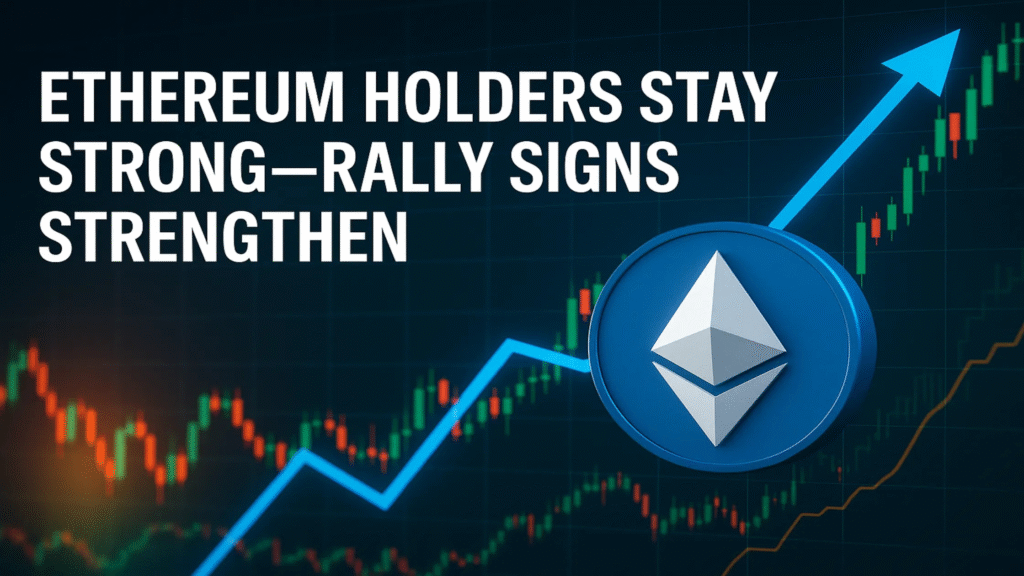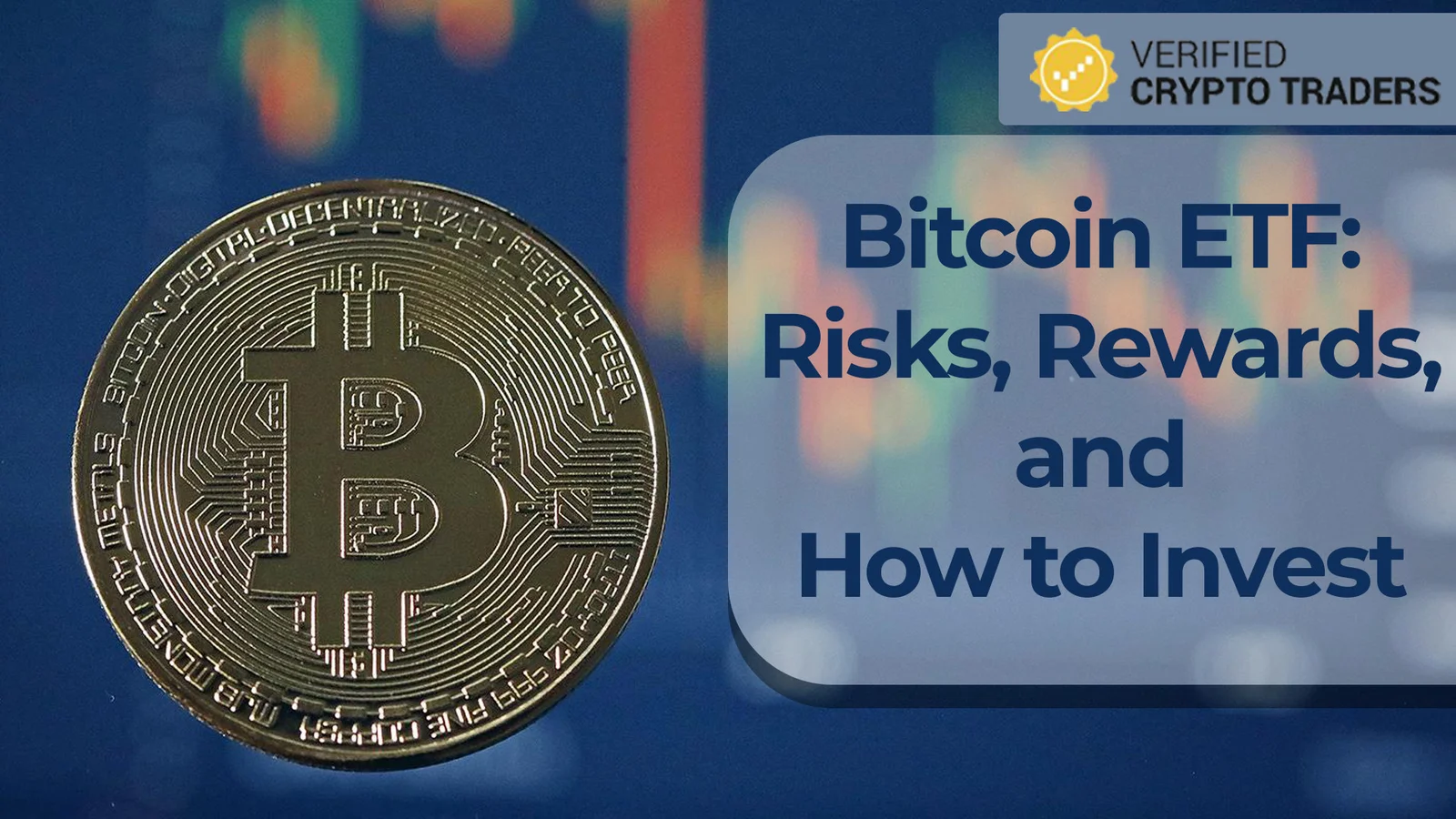
Being the second-largest cryptocurrency in terms of market capitalization, Ethereum has been stormy for the last several months. After peaking at $4,107 in December 2024, ETH went through a price correction of more than 50% and remained floating around $1,800. Following such a loss, an infamous group of long-term investors called accumulation addresses is still holding and even buying more of the asset. The Ethereum accumulation trend reflects such an uncommon action amidst deep unrealized losses and could just be the sign of that bullish turnaround.
Ethereum Market Behavior: From Peaks to Valleys
However, somewhat bullish activity was recorded in the latter half of 2024. Some good news came into the market: the U.S. had approved Ethereum spot ETFs; institutional interests were rising; the entire crypto market was bullish; and ETH got pushed along to go above $4,100 in December. But the sentiment proved to be short-lived, as it soon gave way to fear and concern about tightening regulations, a changing macroeconomic backdrop, and profit-taking by retail investors.
On the 6th of May, 2025, CoinGecko has showcased the price of Ethereum to be around $1,801—a drop of more than 56% from the cycle highs. But beneath the surface, something might be interesting unfolding: instead of being gripped by fear, long-time holders of Ethereum are showing some signs of optimism, possibly driven by the ongoing Ethereum accumulation trend.
Understanding Accumulation Addresses and Why They Matter
A recent analysis made available to the community by CryptoQuant contributor Carmelo Aleman illuminates the big picture comprising the accumulation trend in Ethereum. The so-called accumulation addresses, wallets that keep gathering ETH without any outflow transactions, have experienced a significant build-up of holdings in the last few months.
Such addresses are comprised of long-term holders or organizations holding high conviction for Ethereum’s future. Per Aleman, accumulation wallets had roughly 15.5356 million ETH as of March 10, while on May 3, this number had skyrocketed to 19.0378 million ETH, resulting in an astronomical growth of 22.54% in less than two months.
This increase is a significant part of the ongoing Ethereum accumulation trend. Many of those accumulated addresses are currently in an unrealized loss; thereby making this development ever so important. The realized price for ETH, which indicates the average cost basis of the aggregate of all holders paid for their ETH, was about $2,026 in March. However, the said realized price fell to $1,980 by early May, while Ethereum’s spot price took a dive even further below and at one point traded as low as $1,866 in between.
What Does Realized Price Indicate?
Considered a rare occurrence, Realized Price may offer precious insights as to whether an average Ethereum holder profits or loses. When the market price dips below the realized price, most of the holders get tagged as underwater, meaning unrealized loss. At present, the ETH market price lies below the realized price, implying that many investors are holding their assets at a loss.
However, the number of accumulation addresses has not diminished. Rather than that, more ETH is currently being funneled into them; this means that these holders are not concerned with short-term price fluctuations and perhaps are positioning themselves for future market gushes. This behavior aligns with the ongoing Ethereum accumulation trend.
Why Are These Strong Hands So Important?
Throughout market cycles, particularly those rife with volatility, such as the crypto space, long-term holders have considered becoming the so-called ‘strong hands’, thus playing huge roles in the stability and potential turnaround of markets. During local or macro bottoms in the market, these accumulation addresses have historically seen the largest accumulation of assets.
The ongoing Ethereum accumulation trend is a reflection of this behavior. Most of the time, these investors act as stabilizers. They are less likely to panic sell, thereby reducing volatility during downturns. Their accumulation amid price drops is often a sign that they either believe the market will recover or that some positive event will take place very shortly.
Ethereum’s Golden Cross: A Bullish Technical Signal
This recent Golden Cross on Ethereum’s daily chart added to the cautiously optimistic sentiment. It occurs when the short-term 50-day moving average crosses above the long-term 200-day moving average and is, in general, considered bullish by traders.
The Ethereum accumulation trend could further bolster this optimism. So, despite the little price pullback, the golden cross retains great weight in the technical landscape, particularly if prices gain through accumulation with improving network fundamentals. Wherever this has occurred, it has always favored long-term bull runs in traditional markets or cryptocurrencies.
Institutional Involvement: The Silent Force
The great promise of Ethereum has certainly not gone unnoticed by institutional investors. After the SEC approved the Ethereum Spot ETFs in Q4 2024, there began an inception inflow of liquidity to the ETH markets. There was the presence of some big players, including BlackRock and Fidelity, with ETH-linked products, attracting reported inflows to Ethereum ETFs exceeding $5.6 billion at the end of 2024.
The ETFs had seen major inflows twice: $1.1 billion on November 11, 2024, and $839 million on December 4, 2024; these inflows tilt favorably toward the huge interest by institutional players in Ethereum as a thesis for long-term investment. Hence, while going against the price appreciation depreciation, net inflows remained positive, reinforcing the investment thesis of bigger financial giants for Ethereum.
Potential Headwinds: Is a Bottom Really In?
On the back of the accumulation trend and bullish economics, some analysts nevertheless remain hesitant. Several warning signs imply that Ethereum could still go down, and downside targets in some cases could go as low as $1200. Weak macroeconomic indicators are still out there, along with regulatory uncertainties and that nagging possibility of a market-wide correction.
However, retail participation operators–usually one of the biggest forces behind upward price movement in crypto markets–seem to have just yet come back fully, while trading volumes on the key exchanges remain generally muted.
Outlook: Accumulation as a Sign of Faith in Ethereum’s Future
An enormous accumulation of ETH by long-term holders during periods of unrealized losses conveys more than just a data point; it sends a strong statement of belief in the long-term narrative of Ethereum. Maybe it’s the rise of decentralized finance (DeFi), Ethereum Layer 2 networks in the future, or the continued shift to proof-of-stake post-Merge; in any case, many reasons exist for investors to double down.”
Unshaken Amid the Storm
The next few months might become decisive. Should Ethereum remain at these levels and not dip further, the strong hands buying ailing ETH now could be the foundation of the next underlying rally.
The increasing price of Ethereum since the beginning of 2021 has tested the resolve of investors, but the steadfastness of long-term holders says a thousand words. The Ethereum accumulation trend is evident as an accumulation address increases its ETH position while in a state of unrealized loss, which is a rarity and speaks ill or well. With bullish technicals forming in tandem with increased institutional interest, Ethereum seems to be setting the stage for a rebirth.
Will this be the real bottom, or will there be more pain ahead for the cryptocurrency? Nobody wins the argument. One thing everybody will agree with, though, is that the long-term faith in Ethereum is still strong.





